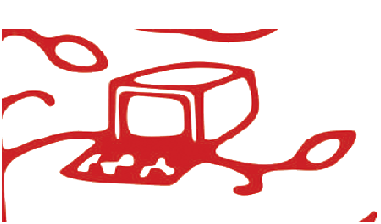
Art history/ Historiography, Crafts, Handlooms, Art
The Changing Face of Traditional Puppetry
Sobel, Anna
|
"Why would someone from the US come to India to study puppetry," I am often asked, "when Indians are going abroad to study it?" It is not a surprising question, given that India's rich tradition of puppetry is relatively unrecognized, even within the country itself. However, since I don't see the art form as being on its deathbed, I usually respond that I came because I believe that India is the birthplace of puppetry. When I set out on my nine month Fulbright research grant, one of the mysteries I set out to solve was how the traditional forms of puppetry are staying alive. As I traveled around the country connecting with various puppet theatres, I was encouraged to find that in many places traditional puppetry is alive and kicking. In the village of Koonathara, with Keralan palm trees nodding in the surrounding darkness, the men of the Pulavar family light 21 coconut lamps to start their Tol Pava Koothu (shadow puppet) show. Ganesh is at center stage to receive the opening blessings. A pinch of powder on one of the coconut lamps sparks a dramatic flash of fire. Then with a wave of his drum stick, the second-eldest Pulavar brother, Viswa, commences belting out the ancient text and intermittently strikes the drum, while his older brother, Ramchandra, responds. Behind the screen, the whole family flies into a flurry of activity that will not stop until this one-hour version of the Ramayana is over. Even the youngest children lend a hand, grabbing elephants in the war scene and dancers at... |
ALSO SEE
A Directional Study Towards Empowerment
Patel, Usha Nehru
Sustaining Crafts and Livelihoods
Wood, Sharmila



